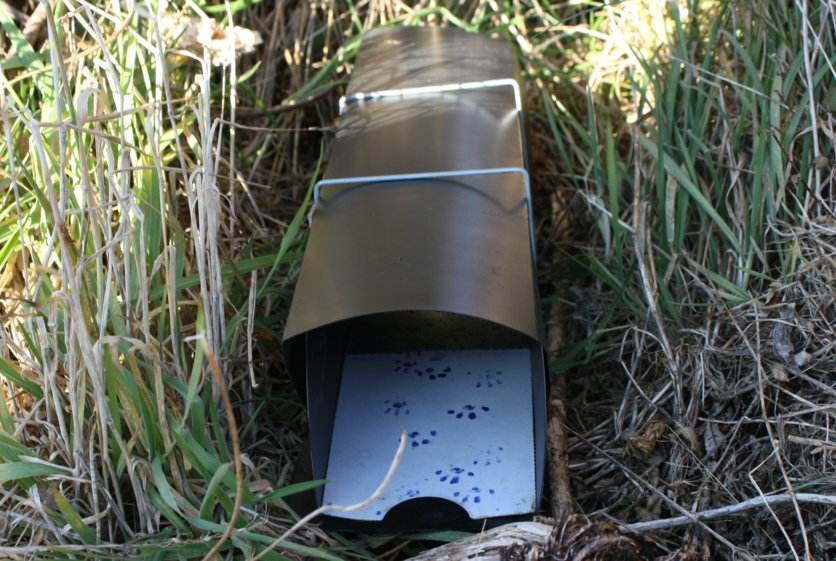In this activity, students make a tracking tunnel to monitor the presence of pest species in a neighbouring gully or their school grounds.
By the end of this activity, students should be able to:
- understand the uses of tracking tunnels in conservation
- create a functional tracking tunnel
- identify any tracks present in their tracking tunnel
- decide on a plan of action if any tracks are present.
Download the Word file (see link below) for:
- introduction/background notes
- what you need
- what to do
- discussion questions
- extension ideas
- student instruction.
Related content
Find out how a weasel going through a tracking tunnel at ZEALANDIA was the first sign of that this pest had got past their predator-proof fence.
Use these articles below to find out more about:
Useful links
For more information about identifying tracks of different pest species visit the Bionet website.
Use the Pest Detective online guide to help identify the signs left by pest animals.
In this Eco Memory game – learn how animals are tracked and which tracks belong to each animal, then play the online memory game to match each animal with their correct footprints.

